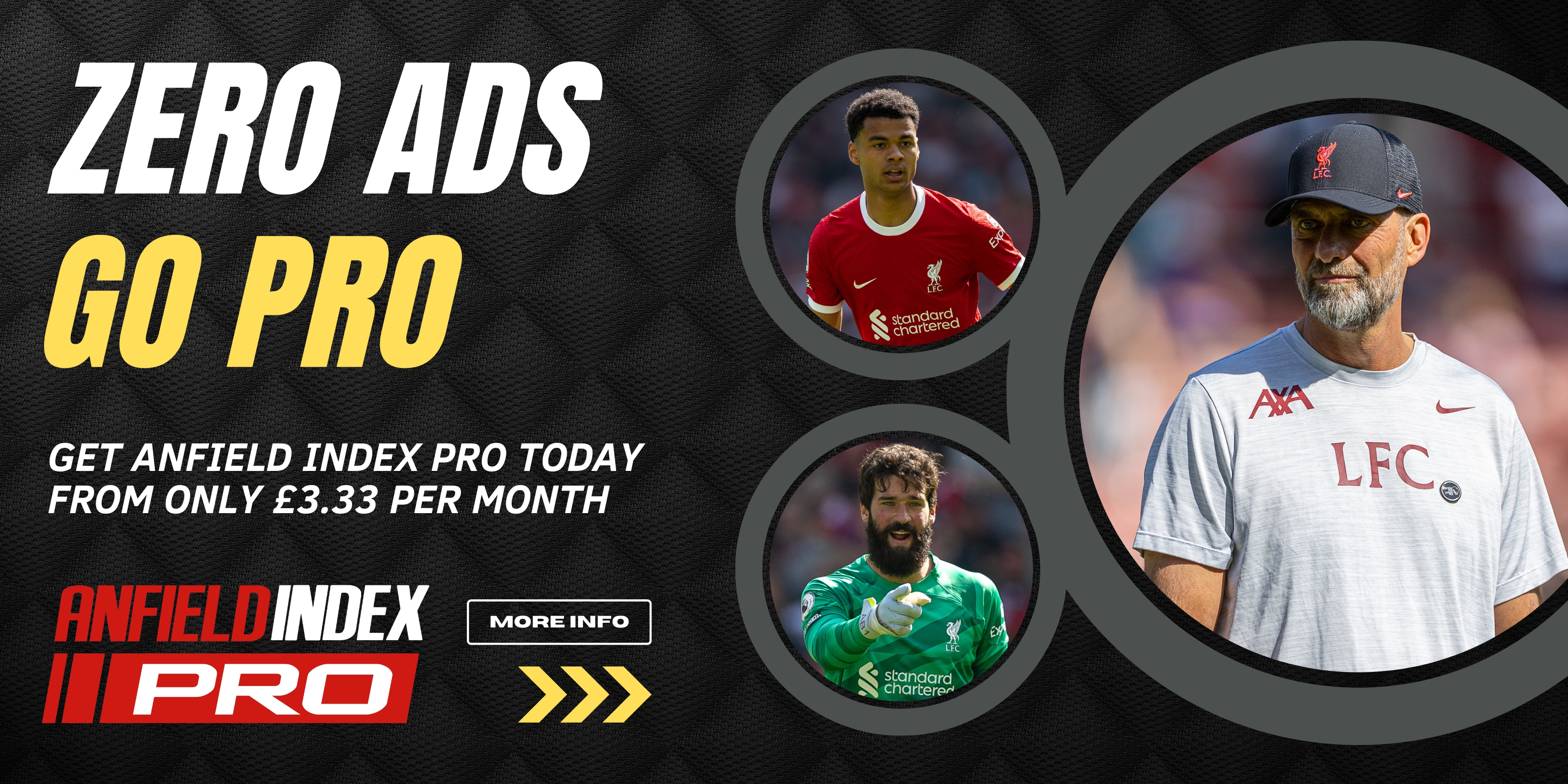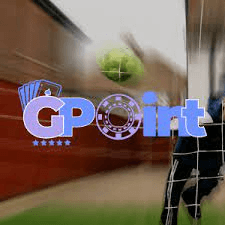It’s fair to say that every supporter of every club feels like their beloved team has been robbed by refereeing decisions this season. I can certainly say that about every single Liverpool supporter. Football is the most popular sport in the world and yet it is the only major sport to not have some form of video review. The governing bodies of the game decided to catch up with the rest of the world and viola – VAR.
The VAR rules
In some of the third round FA cup games, the technology was tested. Some will say with mixed results. The current rules say that video review can only be used to overturn a clear mistake by one of the match officials in situations resulting in a goal, penalty, direct red card or mistaken identity. The video referee is not encouraged to watch replays in slow motion except for handball and offside situations.
Other sports
There are still a lot of concerns and issues with the implementation of VAR. The current rules obviously don’t rule out the subjectivity of the video referee as he was in the Chelsea – Norwich game with the Willian yellow card. Fans in the stadium can’t really understand what’s going on when the match officials consult with their colleagues in front of the monitors. Even the players are confused at times – one of Fleetwood’s players was arguing with Jon Moss after he overturned the off side decision to allow Iheanacho’s goal. And of course, there is the concern about reviews taking too much time. So how have other sports dealt with the growing pains of introducing technology?
American football – The NFL has been using some form of video review since 1986. The current rules are based on coaches challenging calls by flagging plays. The referee has 60 seconds to review the call made on the field and if there is no inconclusive evidence that the call is wrong it stands. Once the review is done the match official announces the verdict to the stadium. On paper, it sounds great – fast and efficient, no confusion. Reviews, however, took an average of 2 minutes and 25 seconds in the 2016 season. Instant replay even prompted rule changes in basic definitions of the game such as a catch. To an extent, the NFL has taken video assistance too far.
Basketball – The NBA has been using replays since 2002. The instant replay rules are changed almost every year as the league struggles to find the right formula. In some cases such as buzzer beaters and whenever a shot is a two-pointer or a three-pointer the review is quick and helps out the game and officials a lot. The NBA refs, however, have gotten so used to going to the monitors sometimes they make calls with that in mind. A good example is flagrant fouls (for readers not familiar with the term it’s the same concept as yellow and red cards, a flagrant 1 being a yellow, flagrant 2 – red). This types of fouls are the only ones officials can review and there are cases in which a foul is given as flagrant just so the crew can go to the monitors and see what happened. The fact that normal foul calls or no calls can’t be reviewed leads to possibly game-deciding mistakes being made.
Hockey – Instant replay has been used to determine if goal is scored for quite some time in the NHL. The league recently introduced a challenge system in which coaches can flag plays and challenge offside and goaltender interference calls.
A lot of other sports have some form of video review rules. And most face the same challenges as football does.
VAR is here to stay
All of the above examples prove is that there is no perfect system. The referees will never get every call right, and that shouldn’t be the goal of implementing VAR. The discussion in America’s pro leagues is not if instant replay should be used or not, it is how to make it’s use most effectively.
VAR has been used this whole season in the Bundesliga and it hasn’t really been a success. The main reason for that is the technology is used to correct decisions that are in the grey area. The best example is the penalty in the derby last month. It will always be a dive for Liverpool supporters and a clear penalty the blue part of town. If you went to any message board or social media after that unfortunate draw you saw people arguing about it even after seeing dozens of slow-motion replays from every possible angle.
The Chelsea – Norwich FA cup replay is what opponents of VAR will cling on to. But when was the last time three players were booked for diving (granted the Willian one was a mistake)? Reviewing calls is the easiest way to finally stop blatant dives such as Pedro’s on Wednesday. With time players will learn that they will get caught every time they throw themselves to the ground without contact (or with minimum contact) as if being shot by a sniper. Some situations are black and white and that’s what VAR should be used for. Football has the luxury of looking at decades of experience in other sports. The way the FA has instructed its referees to use the system doesn’t seem to cause any noticeable stop to the flow of the game. If implementing the technology starts making matches too long, a challenge system similar to the American ones can always be introduced to limit the number of times VAR is used. I personally like the fact that video referees are looking at replays in real time. Even if some mistakes were made, more wrongs were made right than the other way around. The International Football Association Board (IFAB) has released some very promising numbers regarding the current implementations of the technology:
- VAR has been used in over 800 matches so far
- The match official consults with the technology on average around 5 times per game
- In 68.8% of matches there was not a single review. This means that when VAR is actually used by the match officials it is done so 15 times per game.
- Median check time is 20 seconds
- Average review time is 60 seconds
- In 8% of matches VAR had a decisive impact in the result.
- In 24% of matches VAR reversed an incorrect decision by the match officials
- The average time added by the technology is less than 1% of the total match time.
This is encouraging. And As referees, players, managers are fans get more used the technology it will only get better.
VAR comes to Anfield
The technology will be used for the first time in a LFC game this weekend in the fourth round of the FA cup against West Brom. With so many questionable decisions in our games over the last couple of months – both for and against us, it would be a nice change of pace to not worry about match officials. I often find myself moaning about a decision or two during and even months after a game. I’m still mad at the linesman for not flagging Watford’s equalizer on opening day. Some people think that this is part of football and removing or at least minimizing it will take away from the experience. My opinion is that better refereeing will add to our beloved game and allow supporters to focus much more on how their team has played. Think about what the narrative would have after that first game had the had decision been made – the mighty Reds coming back from behind and holding on to a the lead, winning a match, that they didn’t deserve like real title challengers. Instead we had to endure a week of bashing LFC’s set piece defending and character. VAR is here to stays and will improve both the game and our experience of it.















Stop mocking about treat this competition with the respect it richly deserves and actually try an win it!!!!!!!!!!